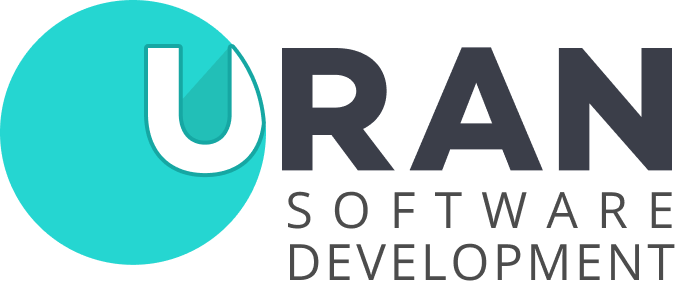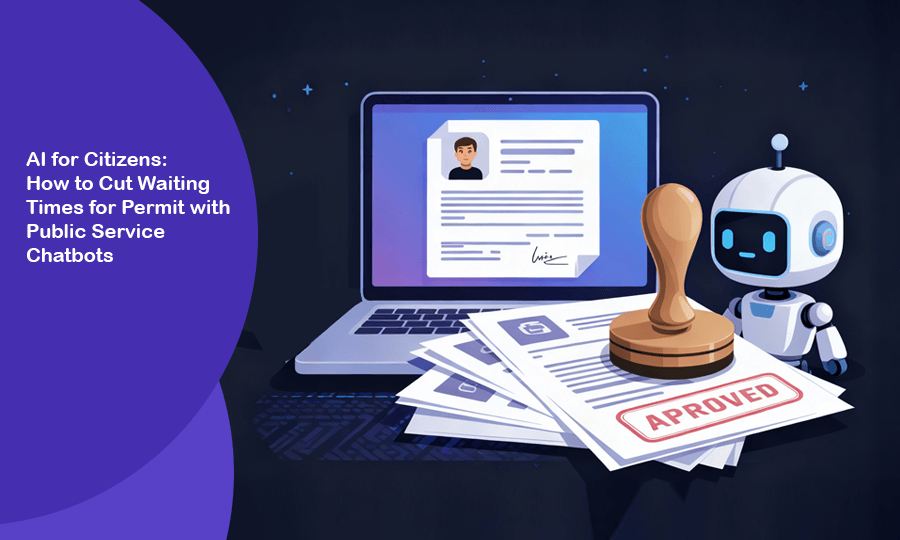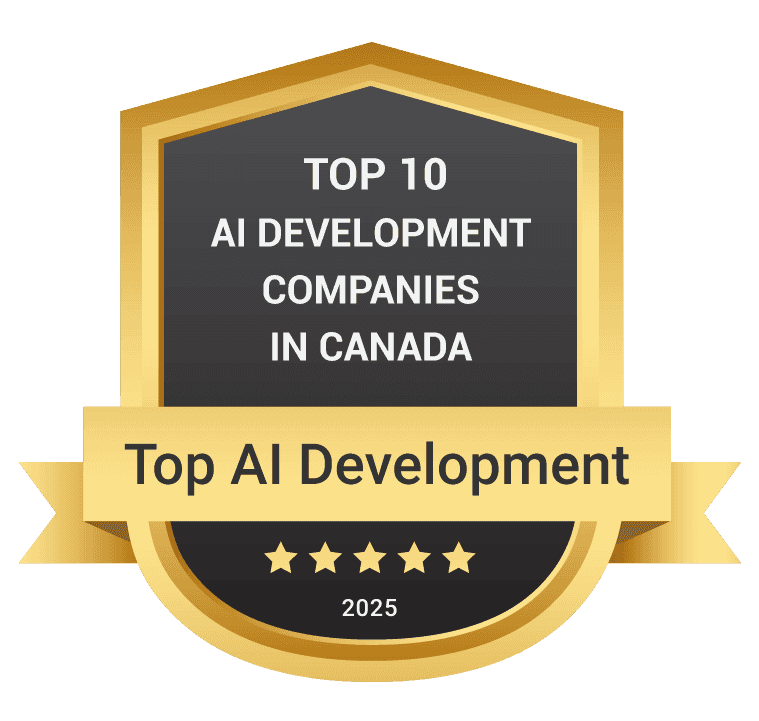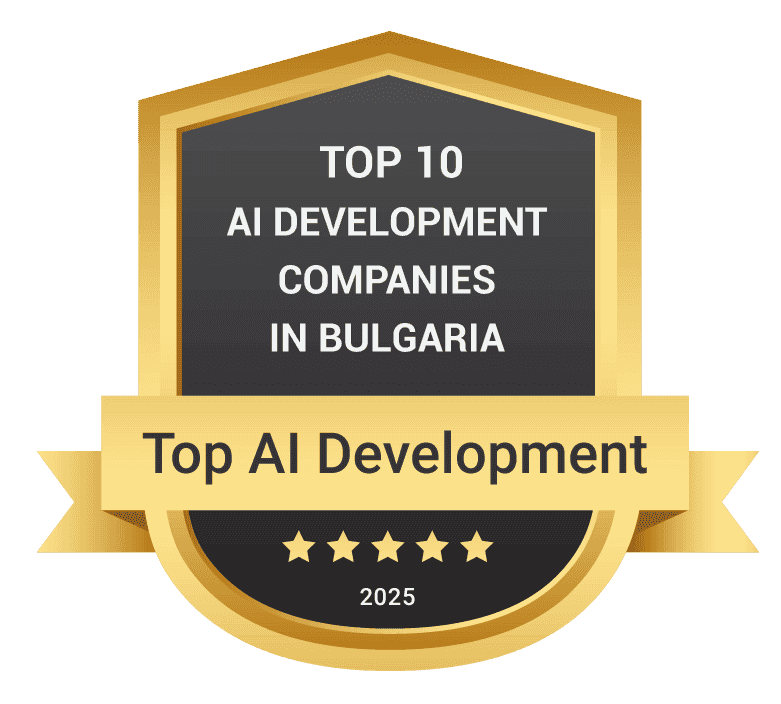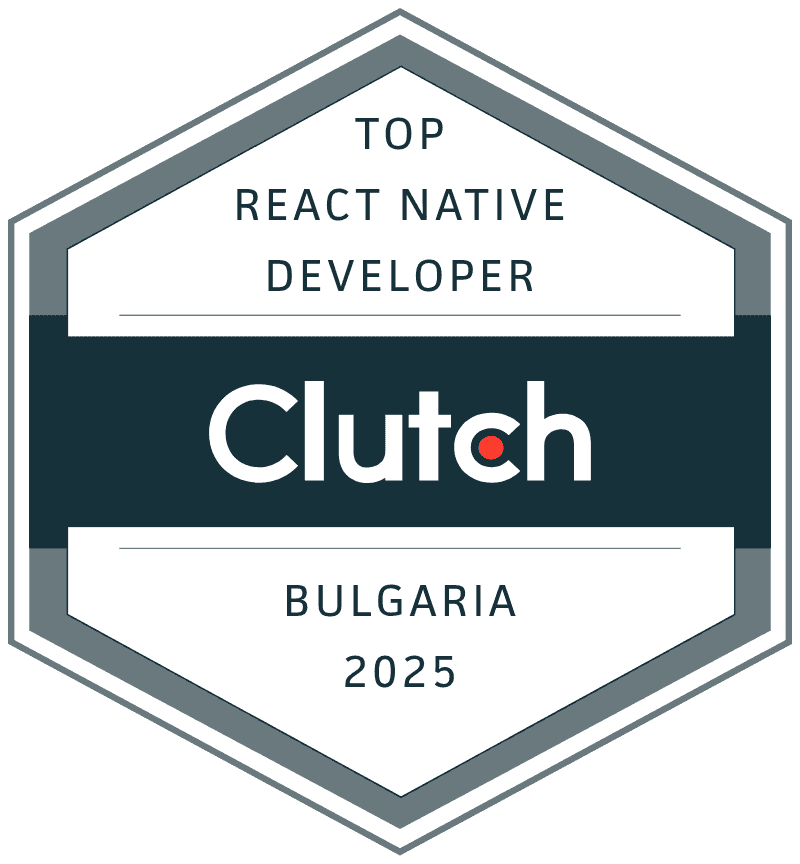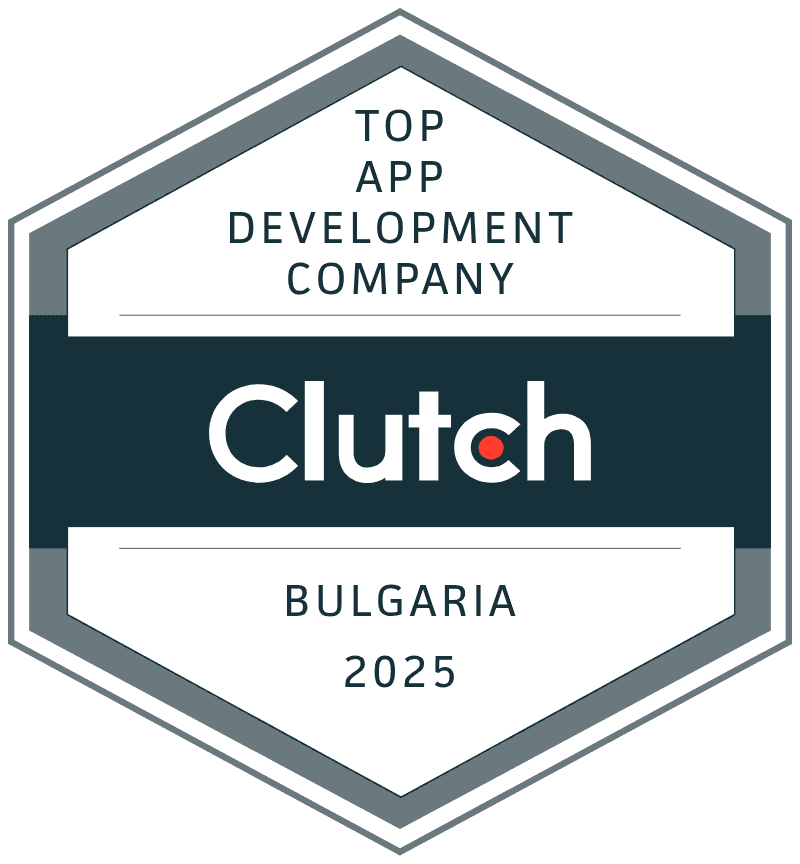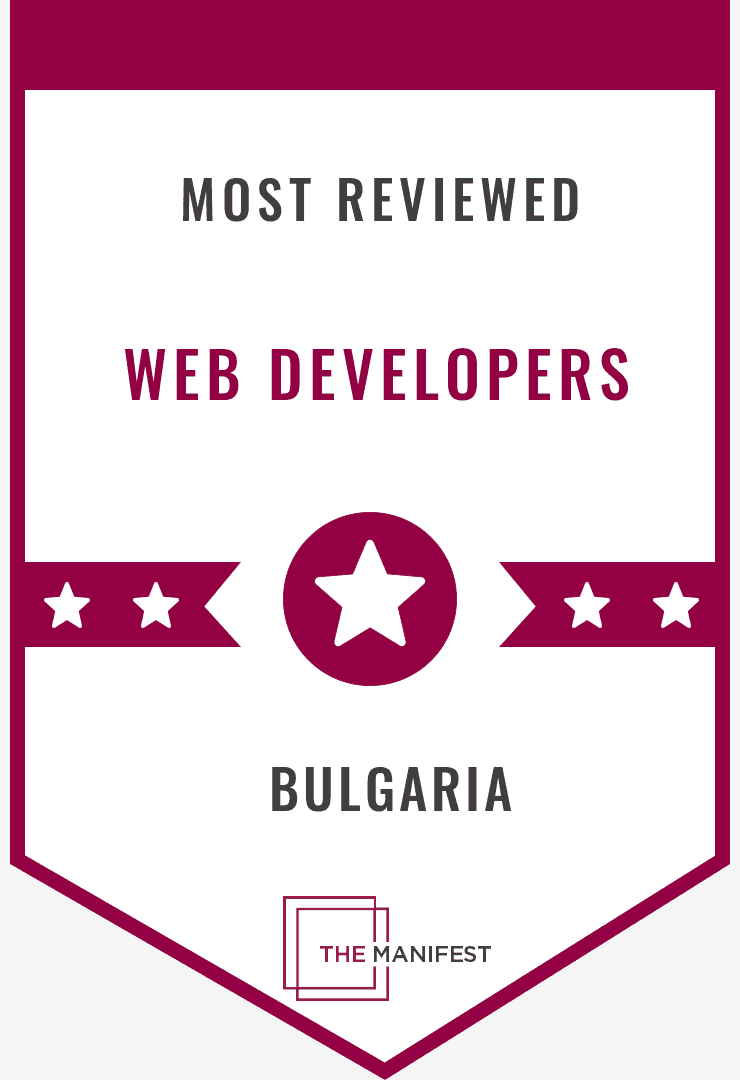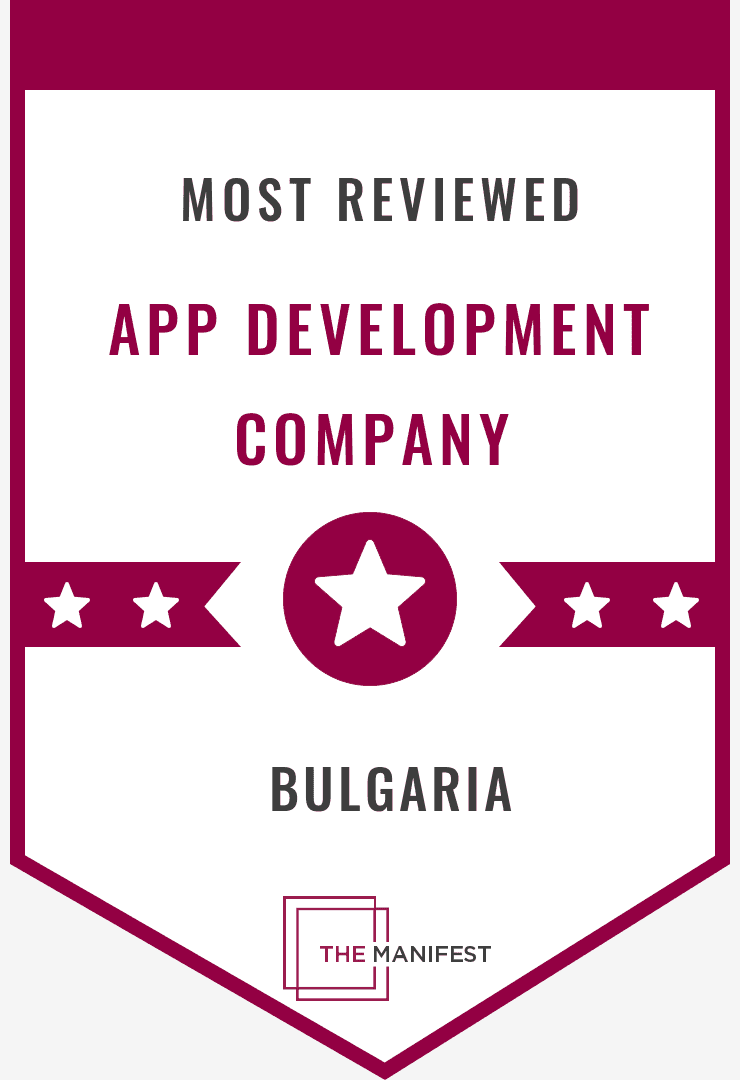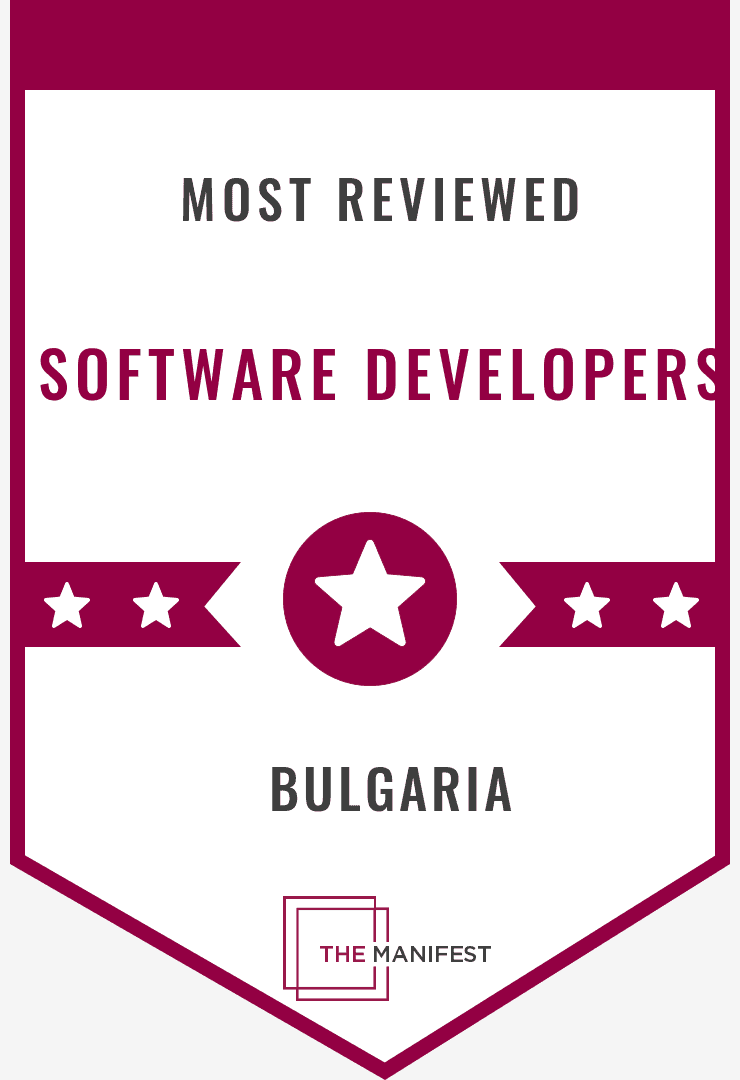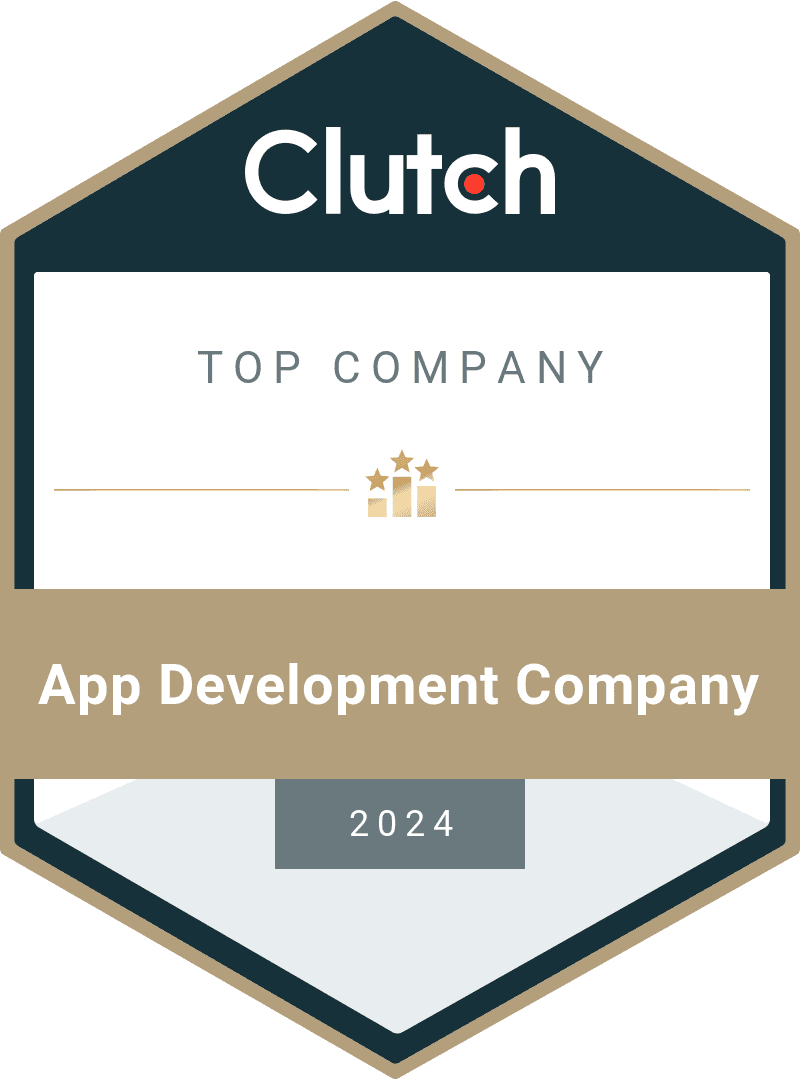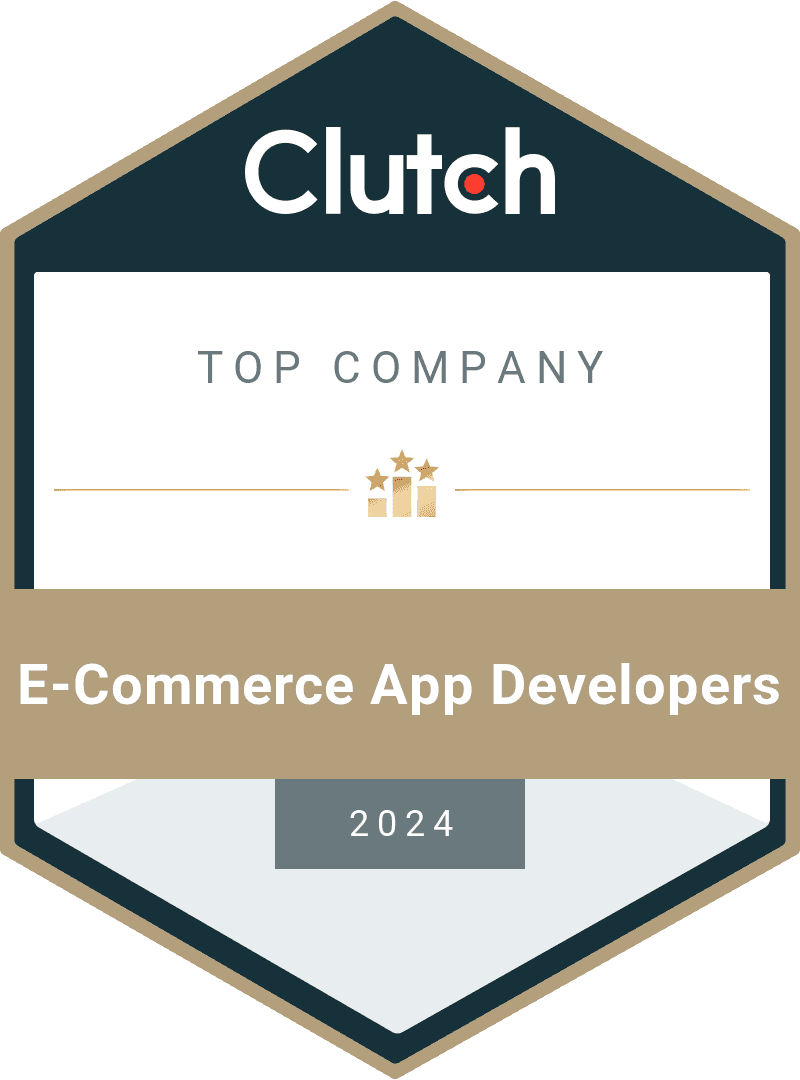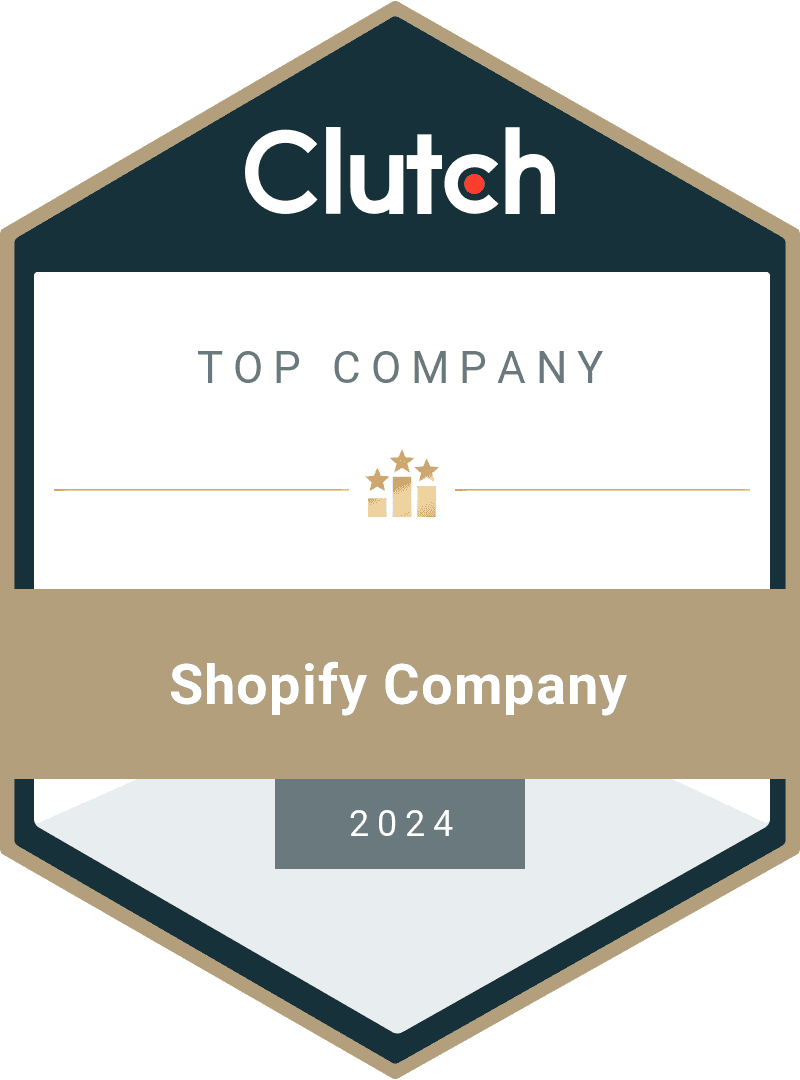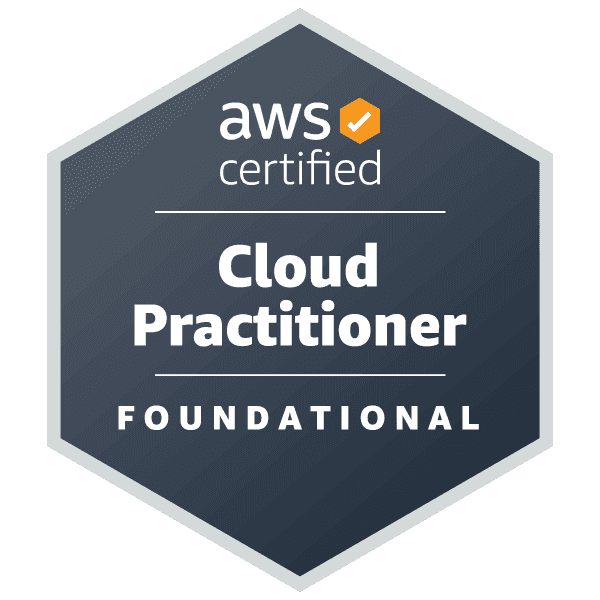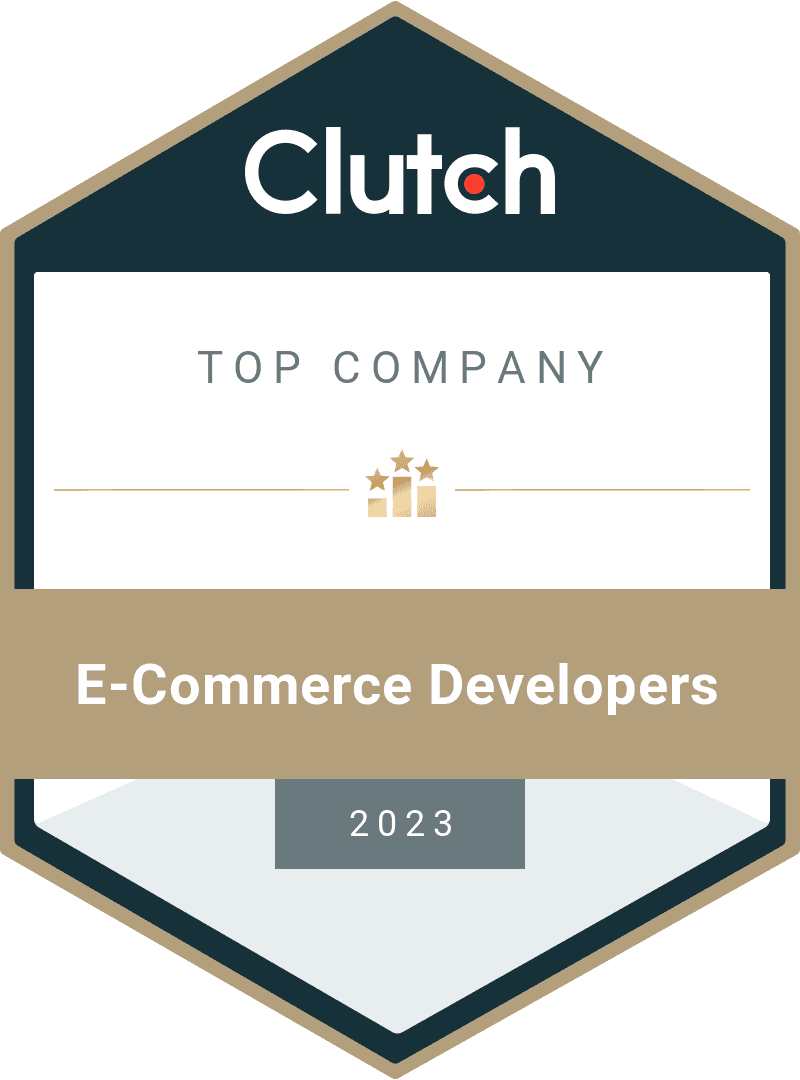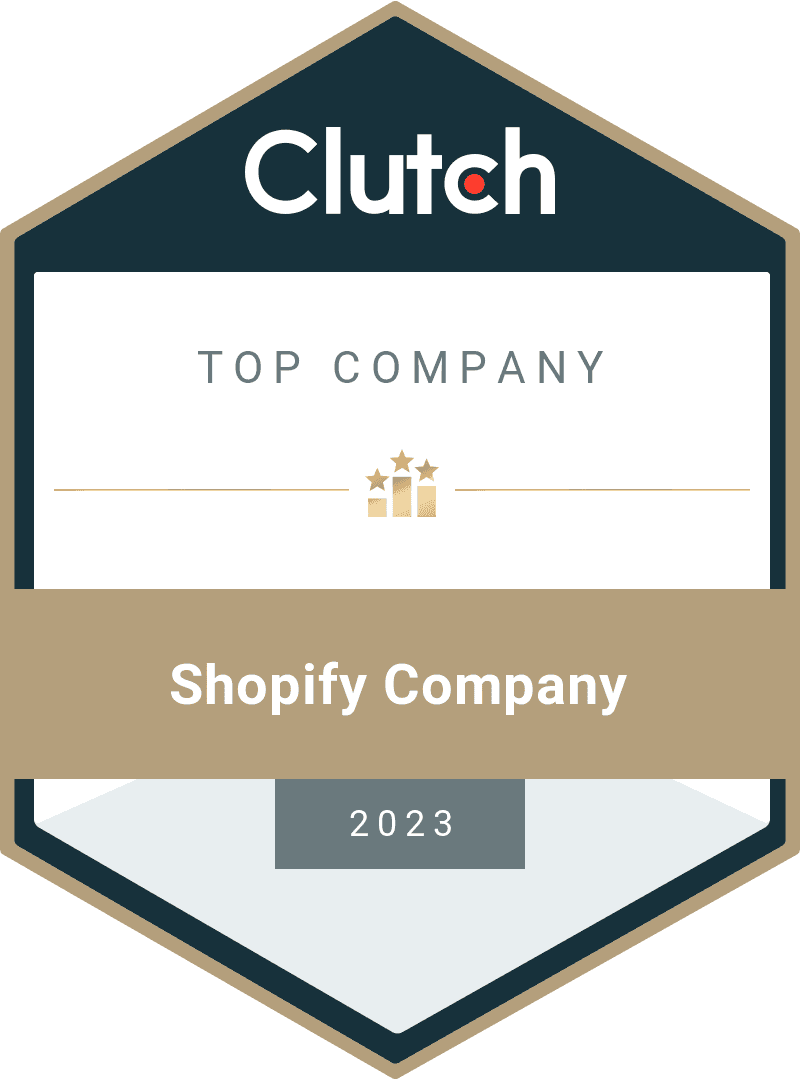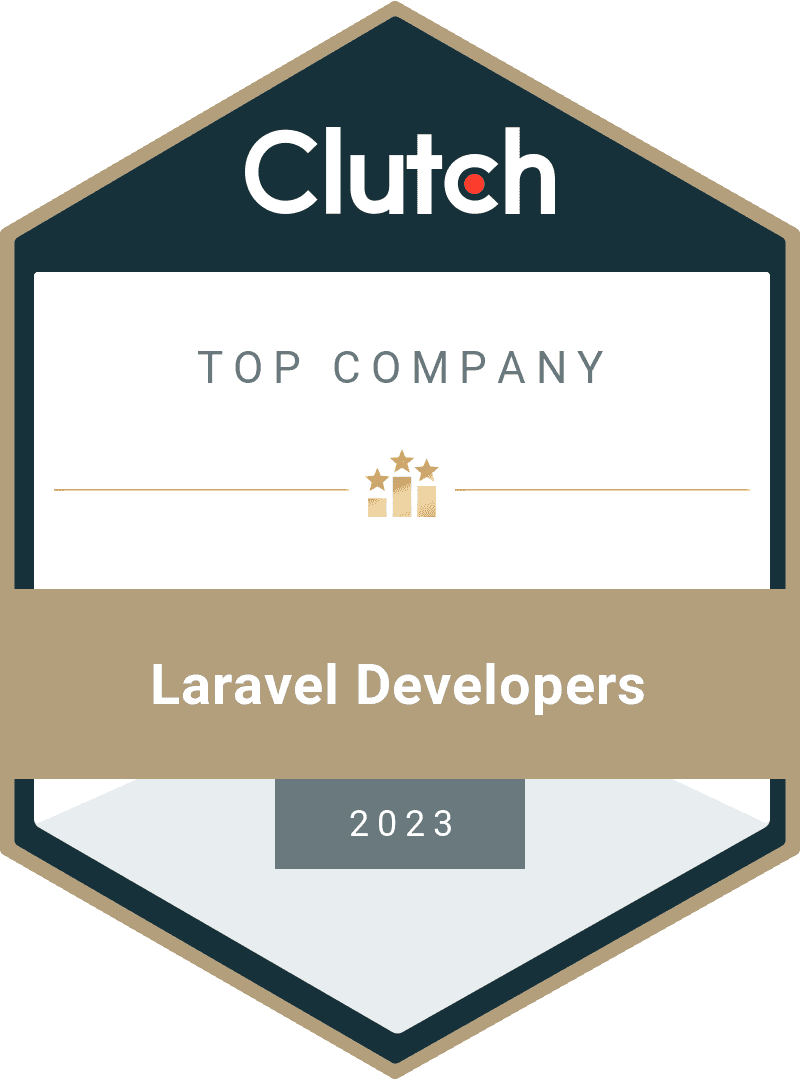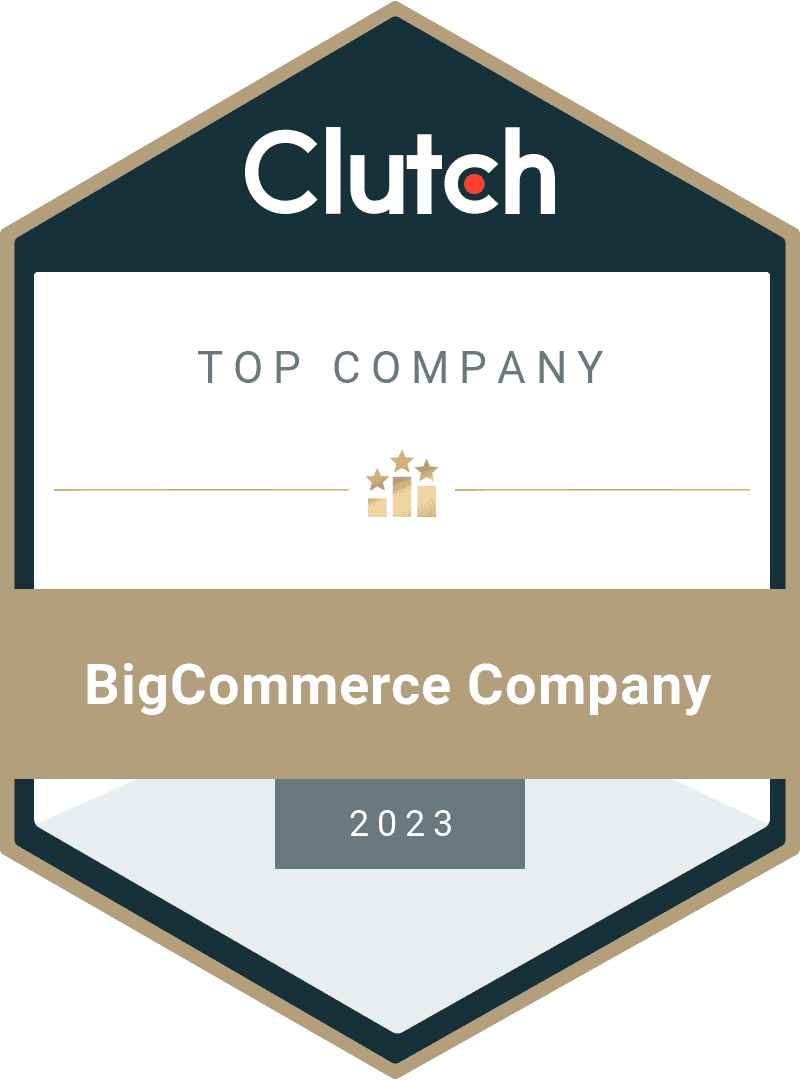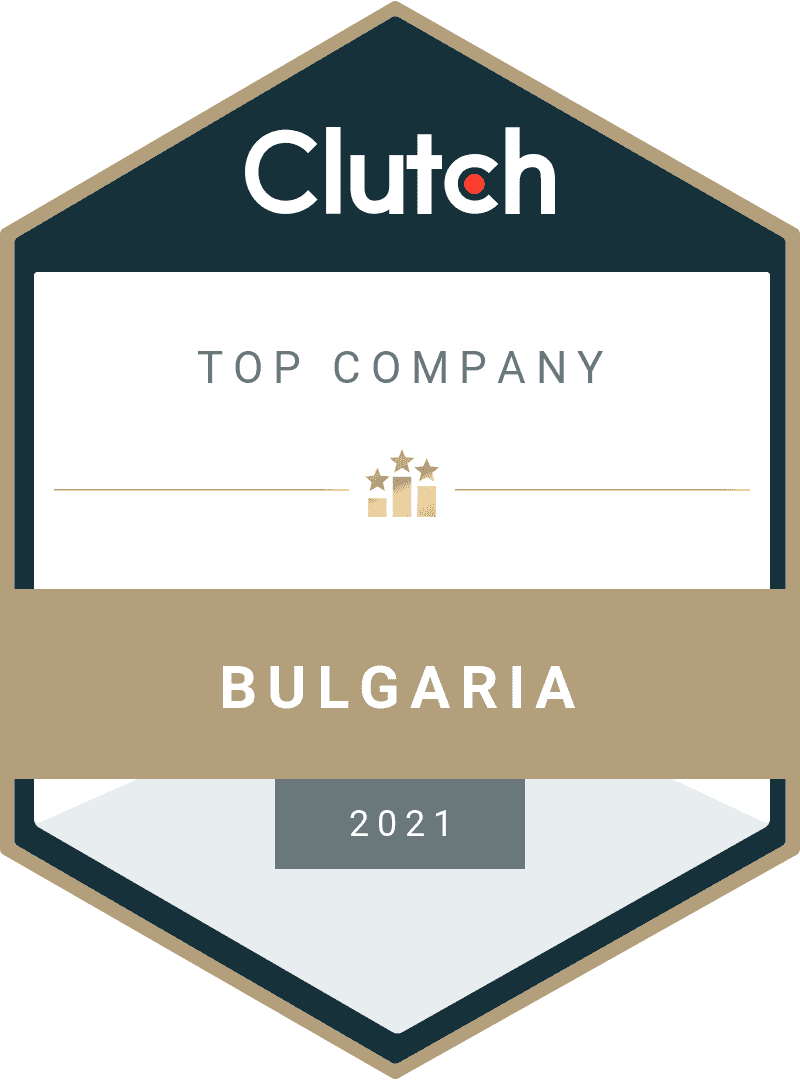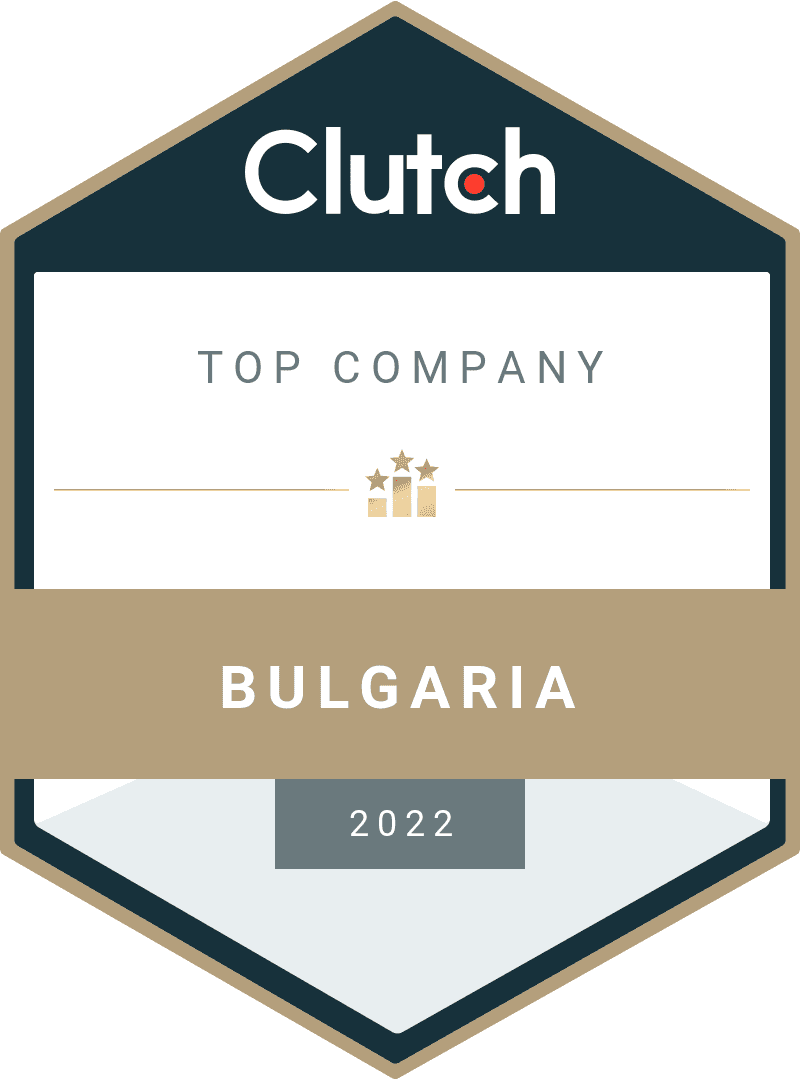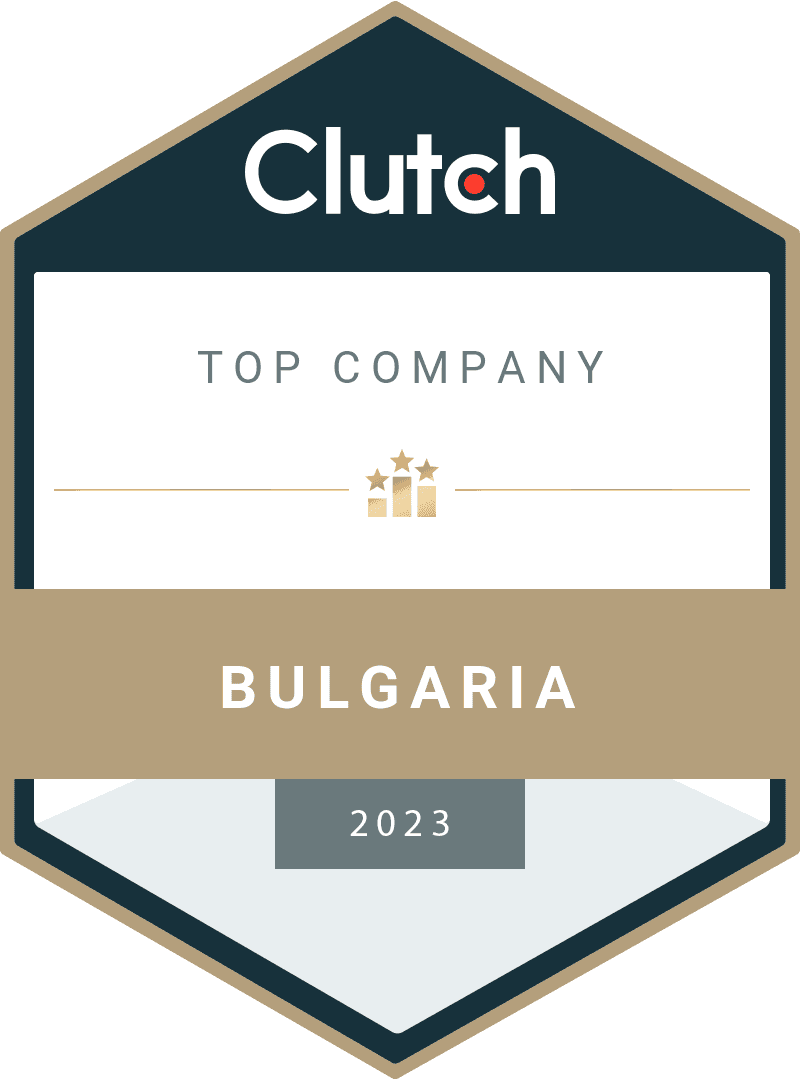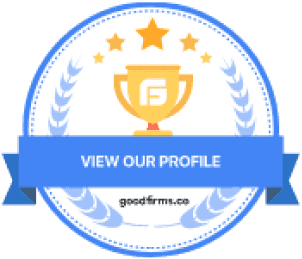Nowadays, AI is making a big impact by helping citizens navigate government processes more efficiently. Public service chatbots, powered by AI for citizens, are key tools in this shift, offering quick answers to inquiries and cutting down on those frustrating waiting times for permits.
If you're involved in AI in government or looking at AI solutions for government, integrating these chatbots can drive real digital transformation in the public sector.
This guide breaks down how to get started, drawing on sales, no, wait, on benefits of using chatbots and practical steps for public sector digital transformation.
Step 1: Assess Your Public Service Needs and Choose the Right Chatbot Type
First off, take stock of what your government agency or public sector organization needs to select a fitting chatbot. Look at current challenges: Are citizens facing long waits for permit info, form guidance, or procedure details? Analytics from your service portals can reveal where bottlenecks occur, making a case for AI for public services to step in.
Focus on must-have features like natural language processing to handle diverse queries, integration with official databases for accurate info, and user-friendly interfaces. For broader reach, consider options that support mobile access through chatbot app development services or AI chatbot app development services.
Partner with experienced chatbot development companies offering AI chatbot development services, custom chatbot development services, or specialized solutions for government.
A great example of AI in government examples is PublicServiceBot from Uran Company. This AI-driven tool uses NLP to understand citizen questions and connects to databases for up-to-date info on services, forms, and procedures, helping streamline processes.
Developed in about eight weeks with technologies like Amazon Bedrock, AWS Lambda, and PostgreSQL by a team including an NLP/AI specialist, team lead, frontend and backend developers, and QA, it's tailored for digital transformation in government and the public sector. This step ensures your choice aligns with AI solutions for government to reduce wait times effectively.
Step 2: Implement the Chatbot on Your Public Service Platform
With your chatbot picked, integrate it into your government website or app. Connect it via APIs to existing systems like databases for permits and services, ensuring responses are reliable and current, key for digital transformation for public sector.
Design conversation flows that guide users smoothly: For a permit query, the chatbot could ask for specifics, explain steps, and even pre-fill forms. This taps into the benefits of using chatbots, like 24/7 availability and instant support, which are game-changers for AI in government.
Test extensively: Roll out a pilot, collect citizen feedback, and refine for various scenarios, such as multilingual support or handling complex inquiries. A solid implementation like this advances digital transformation in government and public sector by making services more accessible and efficient.
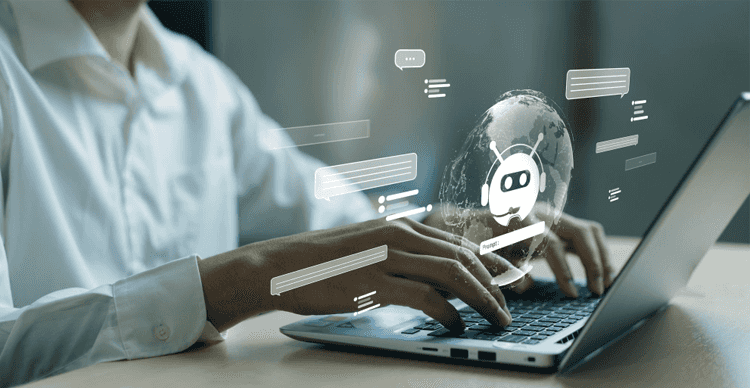
Step 3: Optimize Interactions for Faster Service Delivery
To really cut waiting times, fine-tune the chatbot based on usage data. Analyze common queries to improve response accuracy, perhaps by enhancing NLP to better grasp local dialects or specific permit types.
Add interactive elements, like step-by-step guides or document upload features, to make processes feel straightforward. This optimization leverages AI for public services to provide personalized help, reducing the need for in-person visits.
Monitor key metrics like resolution times and user satisfaction, then A/B test different flows, for instance, simpler vs. more detailed explanations. These tweaks can slash wait times significantly, showcasing effective public sector digital transformation through smarter AI interactions.
Step 4: Scale and Maintain Your Chatbot for Ongoing Efficiency
As demand grows, ensure your chatbot scales up without hitches. Opt for robust chatbot development services that support high volumes, like an enterprise-level setup for broader digital transformation in the public sector.
Keep it sharp with regular updates: Feed in new data from interactions to refine AI models, and integrate emerging features for better service. For comprehensive support, explore a customer service-focused AI chatbot development services tailored to government needs.
Budget accordingly, the AI chatbot development cost might start at $10,000 for basic versions and go up to $150,000 for custom, secure solutions including maintenance. Collaborating with firms like Uran Company on tools like PublicServiceBot can provide scalable custom chatbot development services, ensuring long-term benefits for AI in government examples.
Step 5: Measure Success and Iterate for Better Outcomes
Finally, track your progress to keep improving. Measure reductions in waiting times for permits, query resolution rates, and overall citizen feedback through surveys.
Use insights to iterate: Update based on trends, like adding voice capabilities or expanding to more services. This cycle drives continuous digital transformation in public sector, making AI for citizens a staple in efficient government operations.
By following these steps, public agencies can harness public service chatbots to shorten permit waits and enhance citizen experiences, paving the way for a more responsive digital transformation in government and the public sector.
